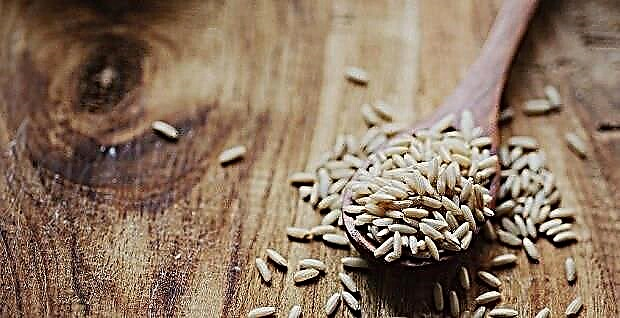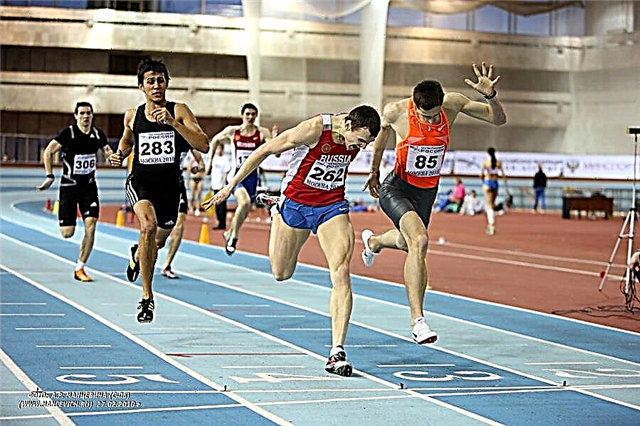The isolation period is over, and summer is in full swing. It's time to return to the usual rhythm of life and habitual physical activity. But how to do it correctly and without harm to health?
Dmitry Safronov, an international master of sports in athletics, a bronze medalist of the 2010 European Marathon Championship, a participant in the 2012 Olympic Games, an ambassador of the Binasport and Adidas brands, an honored guest of the SN PRO EXPO FORUM International Healthy Lifestyle and Sports Festival, answered this question. ...

Start from scratch
If during isolation you allowed yourself to fully rest and spent several months without training, then you need to return to sports (be it big or small, professional or amateur) gradually and gently. Over such a long period, our body very quickly weaned from physical activity and you need to start everything practically from scratch.
There was a moment in my sports practice when I also spent several months without movement. During that period, an operation was performed on the injured knee and any exercises were contraindicated for me. I really started with basic things, because at first I could not even run, my knee began to hurt and swell.
It can also happen to an absolutely healthy person who returns to intense exercise after a long break - his body will signal excessive stress. You cannot force and in no case should you force yourself to do something beyond your strength.
After the injury, I gradually began to strengthen my knee. I came to the stadium in the evening, but not on the synthetic turf, but on the grass, jumped in place, along a straight line, and after I made a jumping base and strengthened my knees, I began to move on. Strengthen your ligaments and joints before embarking on more intense workouts.
Two months of downtime - two restorations
The period for returning to the usual routine of activities is definitely different for everyone. But if we take the average indicators, then two months of downtime means two months of recovery. It would be very foolish to try to recover in a very tight timeframe if you have not done anything for a long enough time. It's stupid and unsafe! Excessive stress on the heart and muscles, an increased risk of injury. Be calm, start slowly, add the load gradually.
Preparing for a marathon

Only after returning to the usual training track can you think about preparing for a marathon. An important component in preparation is long runs. If a person missed a lot, then he physically will not be able to fulfill it.
So, we recovered, returned the usual loads and entered the regime, we begin to prepare for the conquest of new peaks. Preparation for a professional marathon lasts three months and can be divided into three stages: 1 month - adaptation, 2 months - the main and most difficult (increasing loads), 3 months - psychological (focus on the start and reducing the volume of load).
We buy a ticket and fly to the mountains

What is it for? In addition to physical impact, you abstract from all the problems, unnecessary information and fuss. Isolation has made its own changes in our usual way of life, the emotional state is at zero, I just want to forget all this for a while and switch (fortunately, we can already move around the country).
At the first stage, we adapt the body to the load. For example, in basic mode I train 150-160 km per week. At the first stage, it is already 180-210 km. It is important to raise the volume smoothly to avoid injury.
In the second stage, you do the entire volume of work, the speeds are close to competitive (on weekdays).
At the beginning of the third month, you still continue to work in this mode, but 20 days before the start, you descend from the mountains and return home. It is important to maintain your attitude and not fully immerse yourself in the problems of a big city. At this point, you are already physically ready to run a marathon, so the psychological part of the preparation comes, namely the focus to the start (morale), and a decrease in volume. Work continues, usually Tuesday and Friday, and a long cross-country is Saturday or Sunday.
Diet

A week before the marathon, a protein-carbohydrate diet begins. The first part of the week is the protein load. Eliminate bread, sugar, potatoes, rice and so on completely. The second part of the week is carbohydrate. You can return potatoes, pasta, sweets to the diet, but try to consume more slow carbohydrates anyway.
What happens at this moment? On protein days of the diet, you will feel, to put it mildly, not very well. Perhaps you will lose a couple of kg, you will not have enough energy. As soon as you move on to carbohydrate days, you feel much better and go into the state of the so-called energetically inflated ball by the start. Unfortunately, this feeling is not enough for the entire distance, but the effect of this diet is definitely there.
You can find out even more useful information, ask a personal question to a specialist at the VIII International Festival of Healthy Lifestyle and Sports SN PRO EXPO FORUM 2020 - the largest exhibition of sports brands, a fiery fitness convention, an exciting conference, performances by pop artists, photo and autograph sessions with sports stars and bloggers, culinary master classes, world records, beauty services, competitions and much more.
Mark the dates in your calendar - November 13-15, Sokolniki Exhibition and Convention Center, Moscow
Become a member of the brightest event of autumn 2020! #YaidunaSNpro
www.snpro-expo.com









